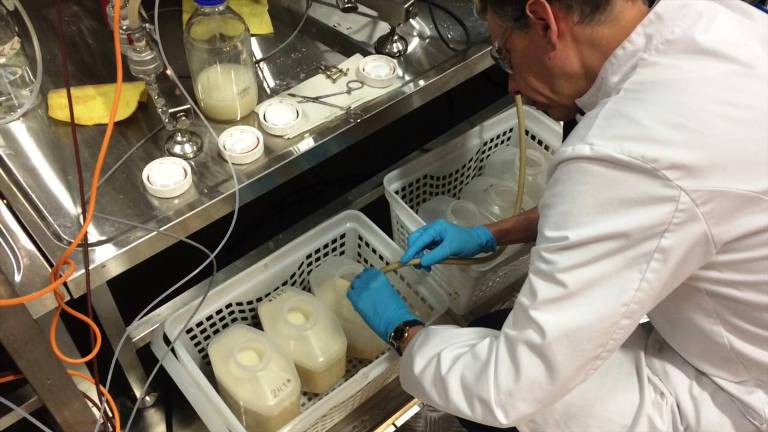Are Lipids and Carbohydrates Polymers? Polymers are large molecules made up of repeating units called monomers. Polymers can be natural, such as cellulose in plants, or synthetic, such as plastic. They have a wide range of properties and are used in a variety of applications, including construction materials, packaging, and textiles.
Are Lipids Polymers?
No, lipids are not polymers. Lipids are a diverse group of naturally occurring molecules that are insoluble in water but soluble in non-polar solvents such as ether, chloroform, and acetone. They include fats, waxes, steroids, and phospholipids. They are important structural components of cell membranes and also have many other essential functions such as energy storage, insulation, and hormone production.
Are Carbohydrates Polymers?
Yes, carbohydrates are a type of polymer. Carbohydrates are a group of biomolecules made up of carbon, hydrogen, and oxygen atoms. They include sugars, starches, and fibers, and they play important roles in energy storage and metabolism.
Carbohydrates are polymers of simple sugars, also known as monosaccharides, which are joined together by glycosidic bonds. The most common monosaccharides are glucose, fructose, and galactose. Carbohydrates can be classified as monosaccharides, disaccharides, oligosaccharides, and polysaccharides, depending on the number of monomeric units they contain. Monosaccharides and disaccharides are considered to be simple sugars, while polysaccharides are complex carbohydrates.
Examples of polysaccharides include:
-
Starch, which is a polysaccharide found in plants that are composed of glucose units and are used as an energy storage molecule
-
Cellulose, which is a polysaccharide found in the cell walls of plants is composed of glucose units and is a major component of dietary fiber.
-
Glycogen is a polysaccharide found in animals that are composed of glucose units and are used as an energy storage molecule.
In summary, Carbohydrates are polymers made up of repeating units of simple sugars, which are joined together by glycosidic bonds. Read More – Why Are Liquid Assets Required?







